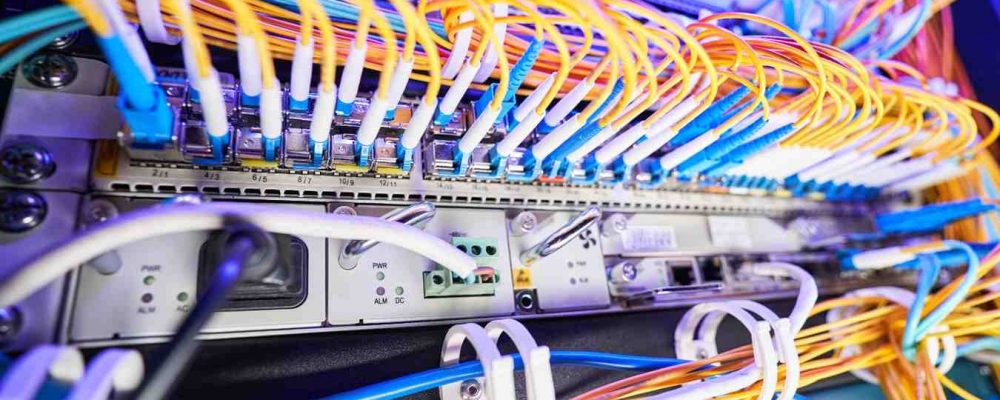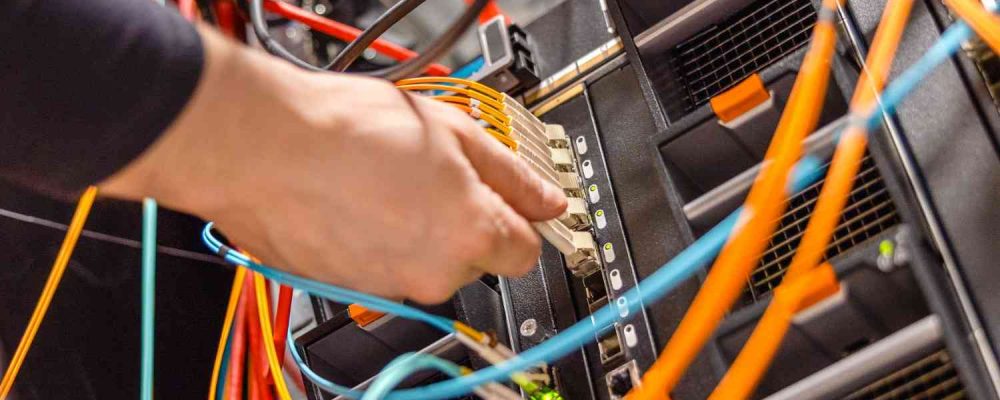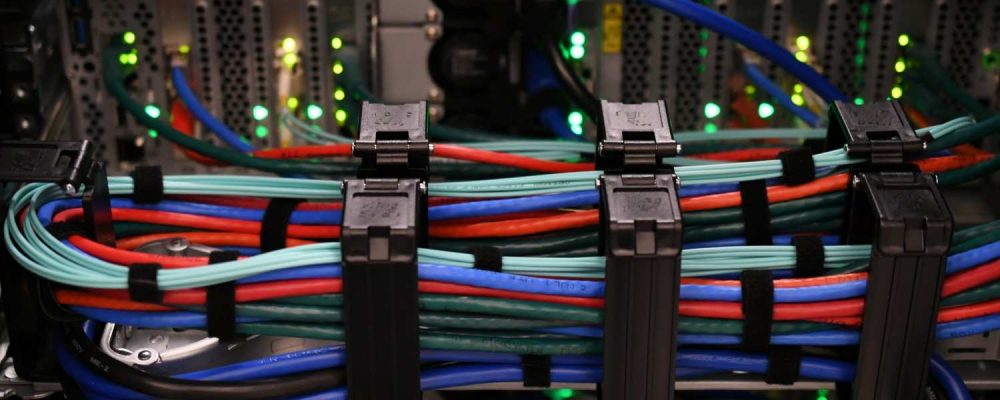Summary: Separate sets of cables transfer data from one compartment to another and must be labelled properly for seamless assembly. Good design efficacy on structured cabling avoids excessive bending. Cable trays and cable organizers maintain order in cabling, whereas documentation of layout furthers the troubleshooting process. Periodic inspection programs also protect against signal loss and expensive repair.

The cabling infrastructure is a basic factor in the development of any IT ecosystem within an organization. Rather than overlooking the importance of structured cabling for functions. Businesses support state-of-the-art networking tools. Unmaintained cabling results in:
Thus, directly affects productivity and revenue.
Managing your cabling infrastructure is more than just installation. It is the ongoing process of planning, monitoring, and following industry best practices. Here, we discuss some essentials and strategies that would help the organization maintain a strong and future-proof network environment.

A full understanding of the network layout must precede any maintenance. This includes mapping all cables, stating their purposes, and stating their endpoints. Having a detailed network map means faster troubleshooting by the IT team and less downtime when there are upgrades or repairs.
Key considerations:
Element | Best Practice |
Cable Paths | Document every cable path from endpoints to switches and patch panels. |
Cable Types | Identify and label cables by type: CAT5e, CAT6, fiber optics, coaxial, etc. |
Connectivity Points | Keep track of all switches, routers, servers, and access points connected to each cable. |
Physical Environment | Note cable routing in walls, ceilings, and under raised floors for easier access during maintenance. |
Downtime could be caused by mismanaged cables in huge networks. Implementing a standard labeling scheme may reduce troubleshooting and upgrading time to mere hours.
Helpful Tips for Labeling:
Even under perfect installation conditions, environmental factors may degrade cabling with time. This leads to:
Thereby causing physical damage and intermittent connectivity problems. Conduct inspections regularly to detect signs of wear, fraying, or damage to the cables.
Inspection Checklist:
Task | Frequency |
Check for frayed or bent cables | Monthly |
Ensure cables are securely fastened to trays or conduits | Quarterly |
Inspect cable terminations at patch panels and wall outlets | Quarterly |
Monitor for moisture, dust, and pest damage | Semi-Annually |
Physical inspection not only prevents failures but also ensures compliance with safety standards.
Patch panels and server racks are the focal points of your cable infrastructure. A messy interaction within these areas could very well threaten a signal interference, heat build-up, or an accidental disconnection.
Best practices:
Watching cable health deserves as much attention as architecting the scenario physically. Performance degradation can take place even when cables look alright. Testing tools like cable certifiers and network analyzers will complement the identification of cable problems such as signal loss, crosstalk, and impedance mismatch.
Cable Testing Schedule:
Test Type | Recommended Frequency | Tools Needed |
Continuity & Wire Mapping | Every installation or move | Cable Tester |
Attenuation & Near-End Crosstalk (NEXT) | Annually | Cable Certifier |
Bandwidth Verification | Semi-Annually | Network Analyzer |
Fiber Integrity & Loss Testing | Annually | Optical Time-Domain Reflectometer (OTDR) |
Proactive testing helps avoid unexpected downtime and ensures that your network performs at optimal speeds.
Cabling infrastructure is never static. As organizations grow, so do the accompanying network demands. If capacity planning comes late, it will eventually lead to bottleneck situations and exorbitant upgrades.
Strategic planning tips:
Redundancy is necessary for your business continuity. A single cable cannot be allowed to take down the entire network.
Redundancy strategies:
Dust accumulation and accidental physical stress may reduce the performance of cables. Hence, we need to ensure that everything remains clean and that cables are kept away from harm.
Maintenance methods:
Even the top cabling solutions can fail due to human error. Staff members need to be trained to handle cables carefully and avoid putting stress on network points unnecessarily.
Areas of Training:
A staff that is empowered and knowledgeable can significantly reduce the chances of accidental network disruptions.
Structured cabling shall conform to certain standards. These ensure interoperability, future-proofing, and security.
Some compliance tips are:
Several modern softwares programs authorize organizations to view, track, and digitally organize their cabling infrastructure. Cable management software works with network monitoring systems to share cable health, performance, and topology information in real time.
Benefits of Software:
Technology goes very fast, and when it comes to cabling infrastructures, they cannot afford to lag far behind. Periodic upgrades must take place to allow higher bandwidth, improved security, and less interference.
Upgrade guidelines:
Tracking maintenance history, repairs, and upgrades gives insight into common issues and supports planning.
Maintenance Log Elements:
Element | Details to Record |
Cable Installation | Date, installer, cable type, source, destination |
Repairs | Type of issue, action taken, parts replaced |
Inspections | Date, results, any preventive measures |
Testing | Test type, results, anomalies found |

Every case has a lifespan. Routine maintenance is essential to prevent premature failure. Administering the cables involves detail-oriented care, technical skills, etc. It includes documenting and inspection, after which one applies the latest tools in cable management or services provided by professional cable managers. These actions make the network very resilient and perform well.
These strategies, when implemented, ensure that the cabling infrastructure supports current business needs, alongside the ability to scale naturally with growth, hence ensuring productivity and business continuity.
A cable infrastructure management system should include planning and documentation; periodic inspections; cable management; labeling; and, of course, materials of good quality.
Cable infrastructure management is necessary for the business. When managed well:
Cable infrastructure should be inspected and maintained at least once a year. High-traffic networks should be checked even more frequently to identify potential problems.
Technically, in the problems encountered in cable infrastructure management, signal interference comes up first, followed by physical damage to the cables, improper labeling of cables, bad cable organization, and connector problems.
"*" indicates required fields
Scott Fcasni is the driving force behind Shock I.T. Support’s commercial datacomm cabling division, delivering expert solutions that power reliable, high-performance network infrastructures. With extensive experience in structured cabling and a commitment to precision, Scott ensures that every project—whether for small businesses or large enterprises—meets the highest standards of quality and scalability.